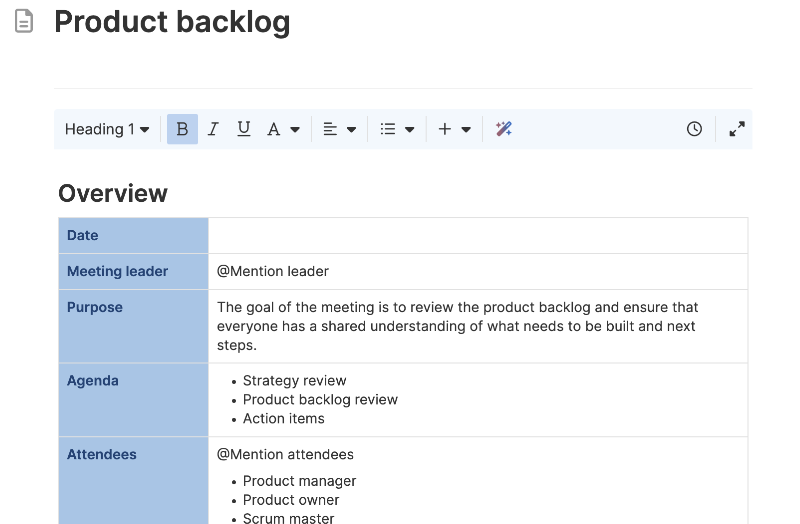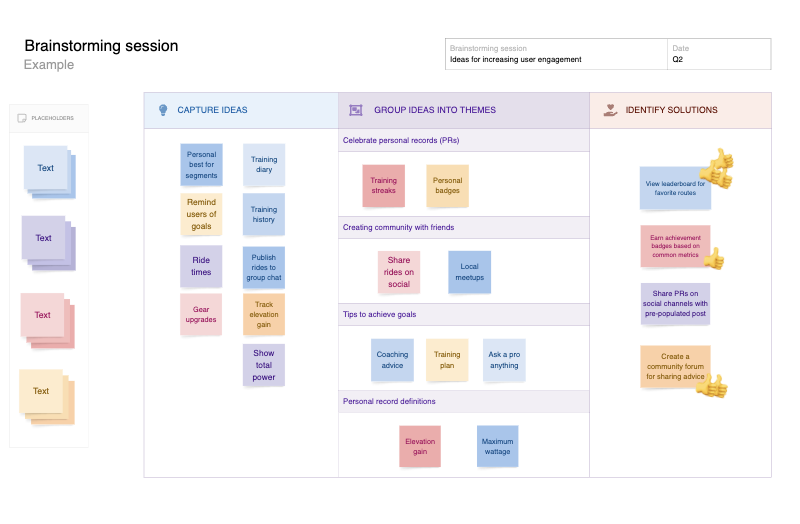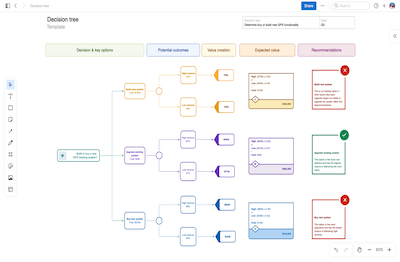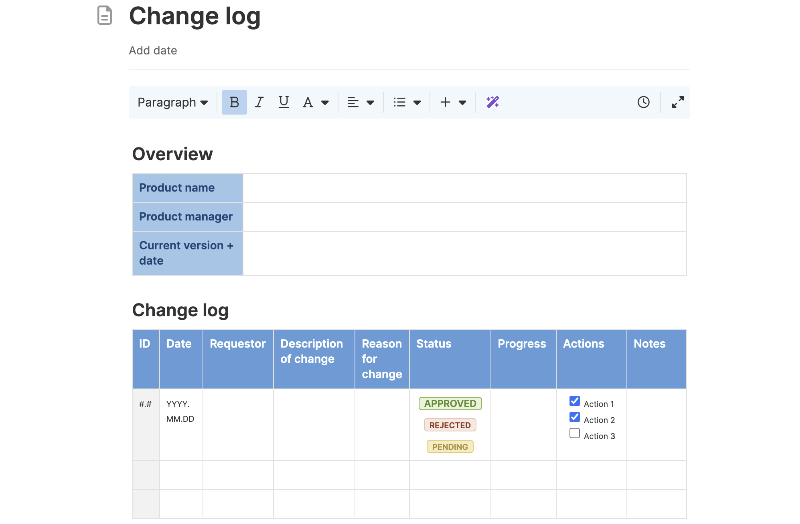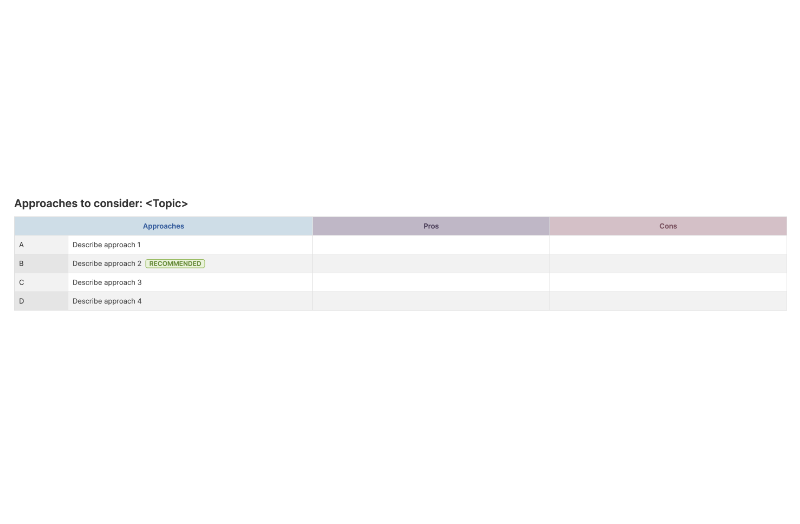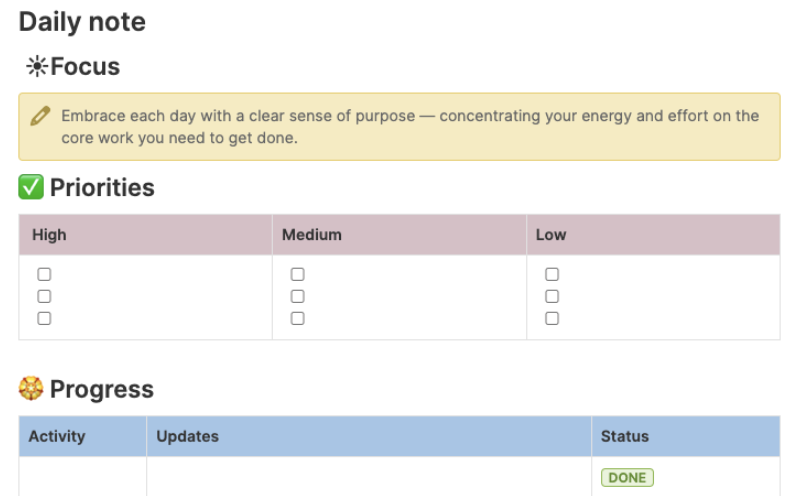Decision log template
Record key choices to provide transparency and insights into your decision-making process
Use template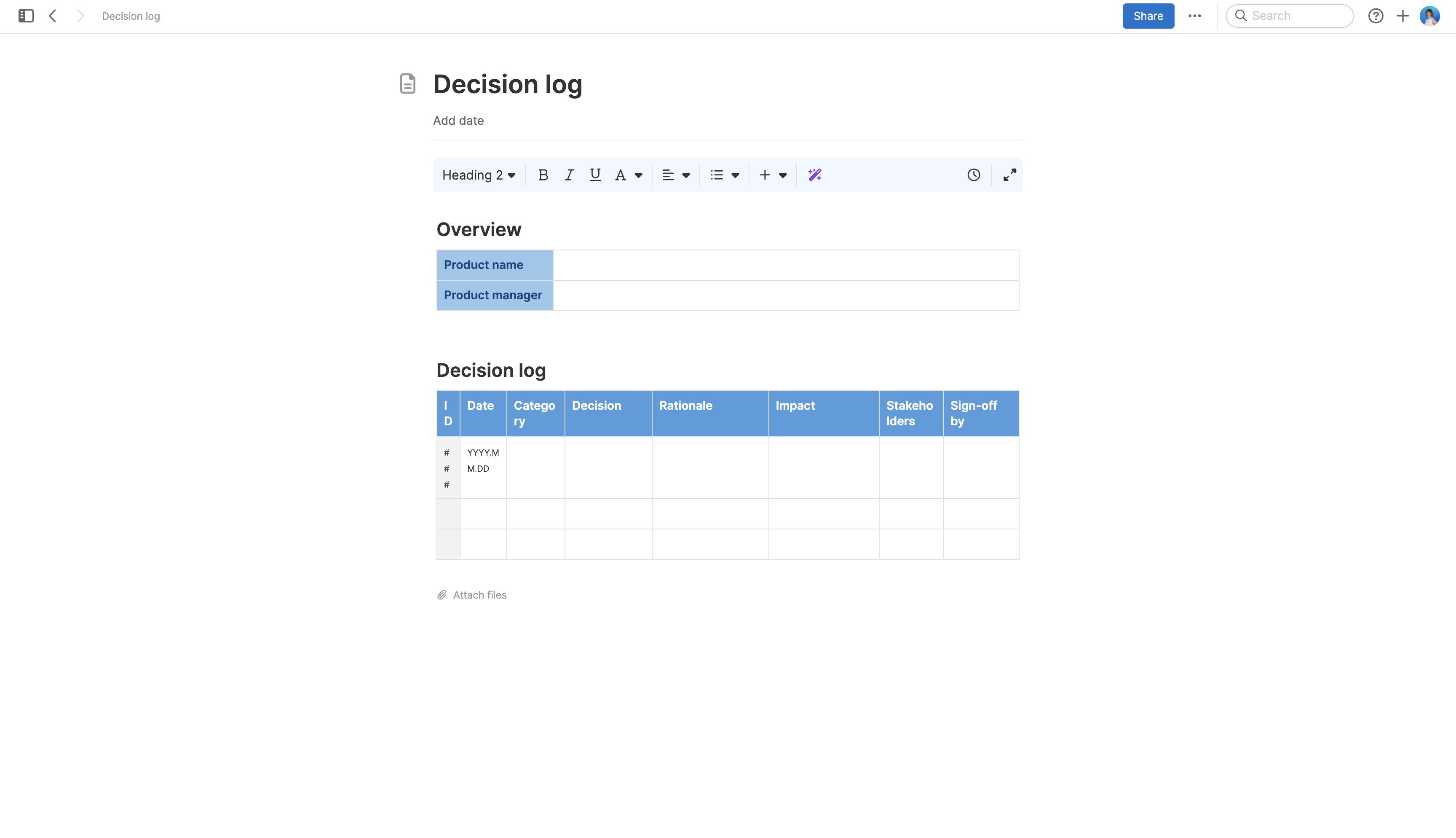
About the decision log template
Improving a product involves making the right calls on plenty of complex decisions. Use this decision log template to keep an organized record of choices you make during daily work. Track details such as dates, different options explored, additional context, and impact. This can help reveal patterns and make the team's future decision-making more efficient.
Included in the decision log template
This decision log template includes built-in capabilities such as:
A structure to help you capture and organize the decisions you make with relevant details (date, category, rationale, etc.)
Quick access to best practices
A rich text editor to format content clearly
An AI assistant to help you research, write, and revise
Inline comments to gather feedback, questions, and ideas from teammates
How to use the decision log template
A decision log is a record of your process and product decisions. For example, this could include choices you made about product goals, what to include on your roadmap, or selecting a new customer feedback tool. The template provides a single place to store and share information about the decisions you make.
This document can also help you determine reasonable project- or product-related timelines. Review it to recall the stakeholders involved in previous decisions or remind you of how long it took to reach a key decision. Then, you can include the right teammates and set realistic expectations going forward.
Best practices
Capture important information about product, project, and team decisions.
Define the purpose: Determine the focus of your decision log and how you will use it. Which types of decisions will you record, and which will you skip? Then, decide what information you will include (e.g., decision type, owner, stakeholders, rationale, etc.).
Track decisions: Document your choices chronologically. Articulate any alternatives you considered, the reasons behind what you chose, and potential impacts. This provides context for future decisions and can be a valuable learning tool for making those choices.
Involve stakeholders: Gather relevant team members to review and discuss the decision log together. Use the group's diverse perspectives to refine details. The template's inline commenting functionality can help you spot areas that require deeper exploration.
FAQs about the decision log template
Why is a decision log template important?
A decision log template gives you a consistent way to capture how and why you make certain choices throughout the product development lifecycle. The simple table helps organize the thinking that led to your decisions and record any notable impacts. This format makes information scannable and searchable when you need to reference past choices and make future ones more efficiently.
What are some decision log best practices?
Keep each log entry clear and concise. Include a standard set of data about each decision — such as date, type of decision, and who was involved. Note any roadblocks or delays you might have encountered. Regularly update the log to reflect new decisions, and make sure the document is accessible to relevant team members and stakeholders.
Who is this decision log template for?
This template is especially helpful for product managers, project managers, and leaders who need to track and communicate key decisions. It allows you to capture and easily share the "why" behind each decision you make.
Is this template free to use?
Yes. To use this decision log template, sign up for a free 30-day trial of Aha! Whiteboards. (You can also try this template in Aha! Roadmaps if you need a complete product management solution.) Easily customize the template to suit your needs, then share it with as many people as you want (for free) to streamline collaboration.
